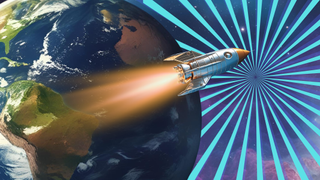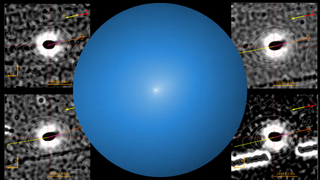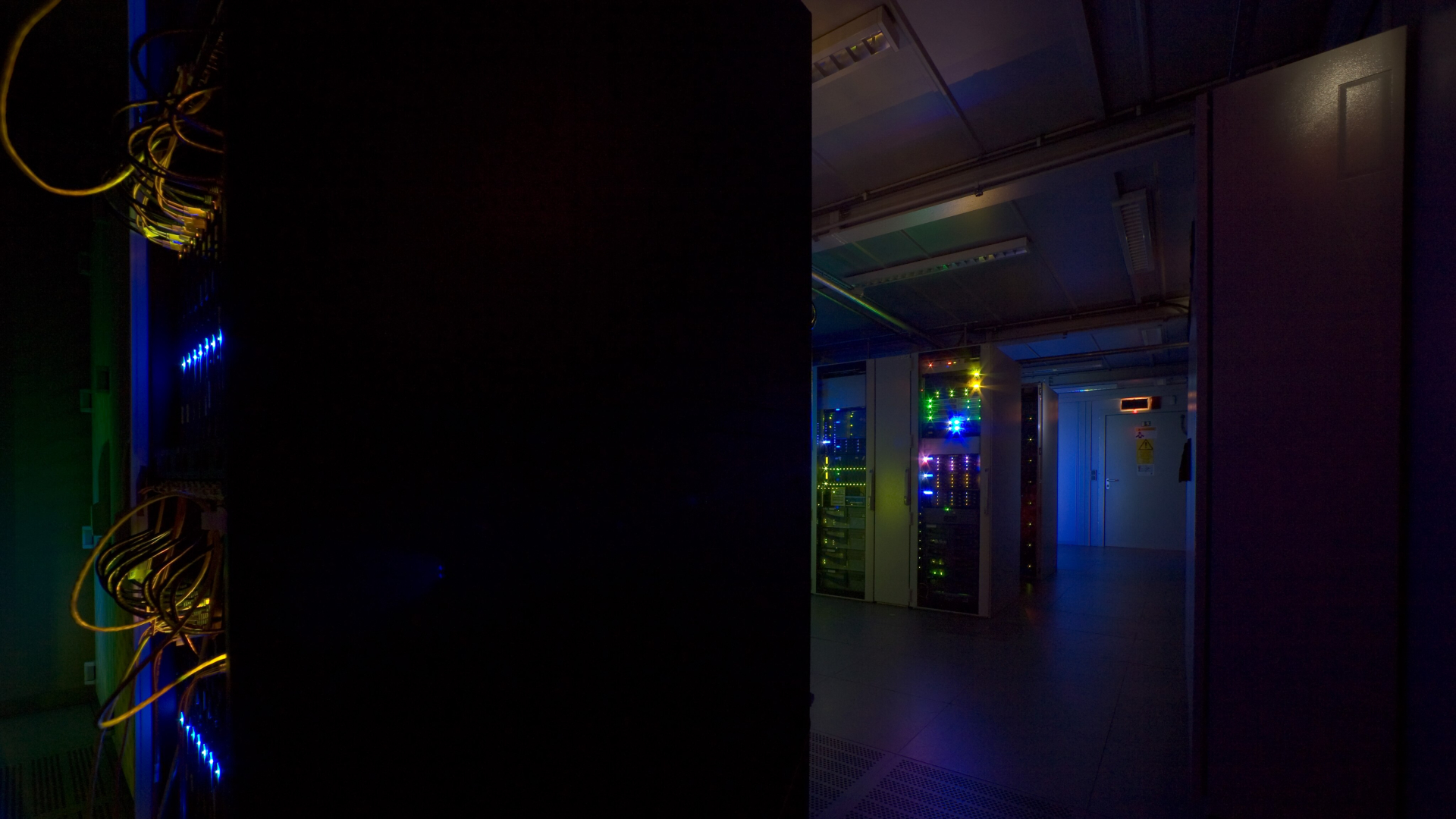Astronomy
Explore Astronomy
Latest about Astronomy
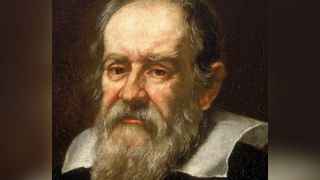
Ancient eyes on the skies: Early astronomers quiz
By Kenna Hughes-Castleberry published
Long before modern telescopes, early astronomers mapped the heavens with math, myth, and sheer curiosity. This crossword quiz celebrates the minds who first charted the cosmos.
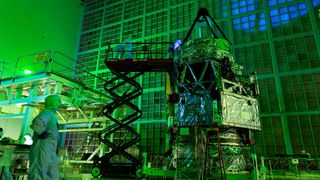
Roman around the Christmas tree | Space photo of the day for Dec. 25, 2025
By Kenna Hughes-Castleberry published
All the NASA engineers and scientists need is a star on top of the telescope in the cleanroom.
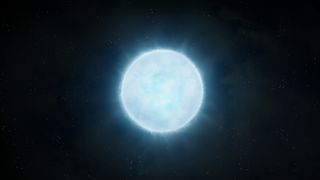
What old, dying stars teach us about axions as a candidate for dark matter
By Paul Sutter published
The axion could be a contender to explain the mystery of dark matter.
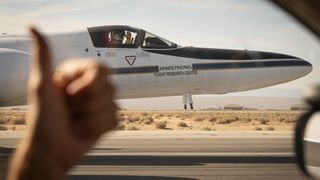
60,000 feet above Earth, NASA is hunting for the minerals that power phones, EVs and clean energy
By Julian Dossett published
The microwave-sized sensor detects 'spectral fingerprints' of important minerals.
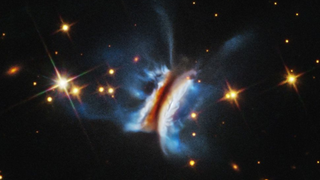
'Dracula's Chivito' looks stunning in this tasty Christmas photo from the Hubble Telescope
By Robert Lea published
Using the Hubble space telescope, astronomers have imaged "'Dracula’s Chivito" the largest site of planetary birth ever seen.
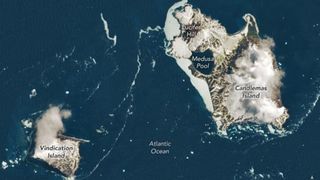
NASA satellite gazes into Medusa Pool | Space photo of the day for Dec. 24, 2025
By Kenna Hughes-Castleberry published
The South Sandwich Islands were born from a tectonic collision, forged by volcanism and relentlessly reshaped by ice, wind and waves.
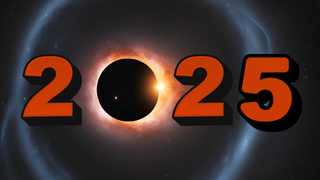
The biggest black hole breakthroughs of 2025
By Robert Lea published
2025 was another big year for black holes, and here's our pick of the top black hole stories from the last twelve months.
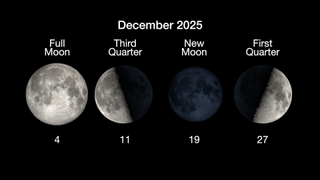
What is the moon phase today? Lunar phases 2025
By Tariq Malik, Daisy Dobrijevic last updated
Reference See what moon phase it is tonight and find out when you can see the rest of the moon phases for 2025.
Breaking space news, the latest updates on rocket launches, skywatching events and more!
